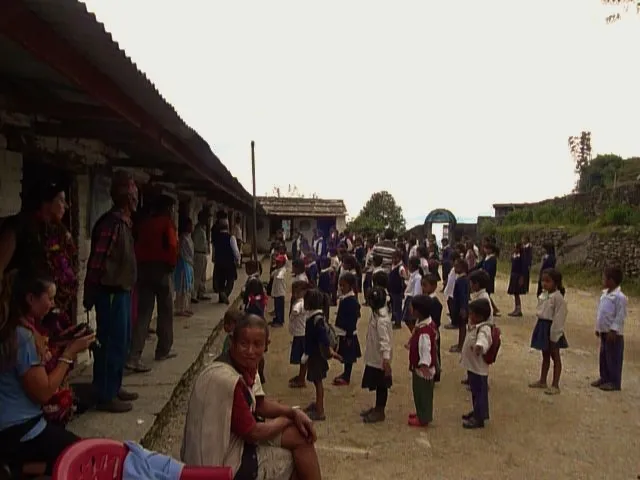
The right to education is an internationally recognized human right; it is also more than that, it is the tool through which people exercise and defend the rest of their human rights.
However, per UNESCO, in 2014 there were 58 million children around the world who were not in school. The percentage of girls deprived of education is higher than the percentage of boys since gender still represents an obstacle in many cultures. Furthermore, UNESCO recognizes that, if this tendency persists, 4 out of 10 of those children will never go to school. There are several reasons for this, among them, living in an emergency context (displacement, recovery after a natural disaster and others.).
Historically, in emergency situations, not only has the restoration and continuation of education for the children of the affected community not been established as a priority, it has been forgotten. Only in the last decades have we seen the spotlight placed on education in emergency situations, which means there is a scarce amount of experiences and learning processes to rely on. On top of that emergencies are so diverse and the consequences affect populations in such different ways that obtaining a comprehensive theoretical handbook will be a complicated task. This shouldn’t stop the process. Even more, education in emergency situations must be considered as a priority to study and develop; because – once basic needs are meet – the creation of an atmosphere of socialization and learning will support and promote the development of the rest of the recovery efforts and contribute to the communities’ advance.
We must not allow natural disasters, displacements or wars to constitute a roadblock to the educations of millions of children. We must do our best to ensure that the right to an education is a right accessible to all.
The proposed guide is a general aid that should be adapted to each situation. It needs to be revised and adapted to each situation; but, it represents a first step in a long journey.
7 responses to “Quick guide for education in emergencies”
-
A very great opportunity of enhancing mutual support and elevating the vision of humanitarian assistance by one way of another.Thanks for the great job. The constraint of the human rights is only possible, Once the whole world sees mankind as one family, elimination of prejudice, over-exploitation of resource, wealthy gets wealthier, unfair distribution of resources……… will all be ceased and progress of human rights can only be fostered.
-
Kindly provide us the guide in English
-
Excellent way of supporting and providing quick for education in emergencies
-
Is the guide available in English. Cannot locate. Please cite the link!
-
Hi Khalid
Unfortunatetly we do not have the guide in English.
Alberto
-
-
Wish to inquire if this institution offers bachelor degree program please
-
I need to lear a free in your organization
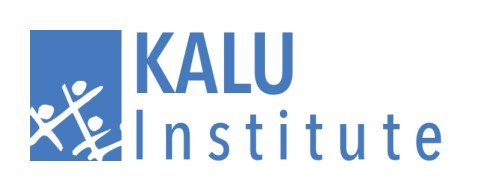
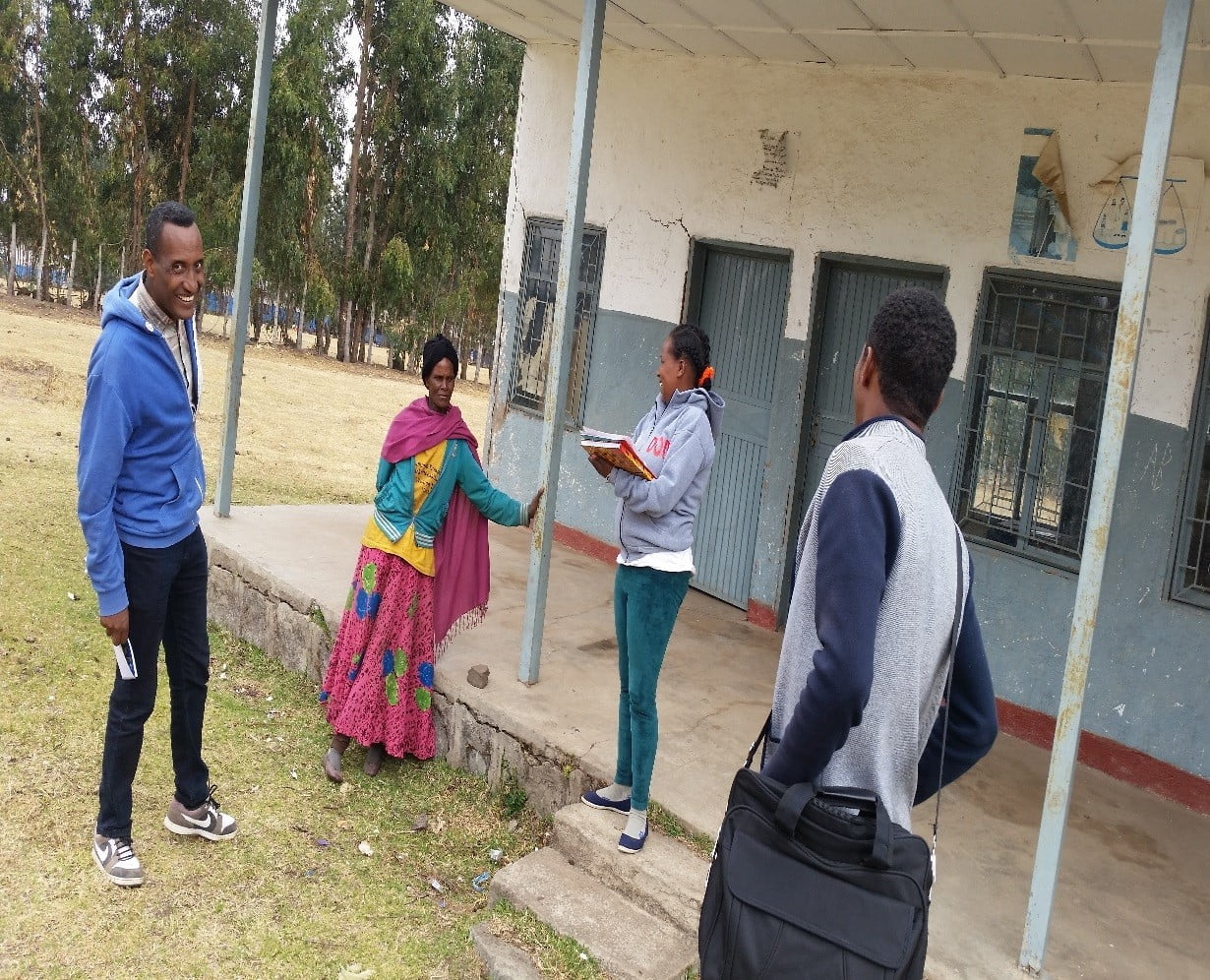
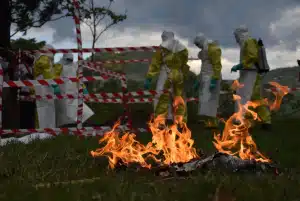
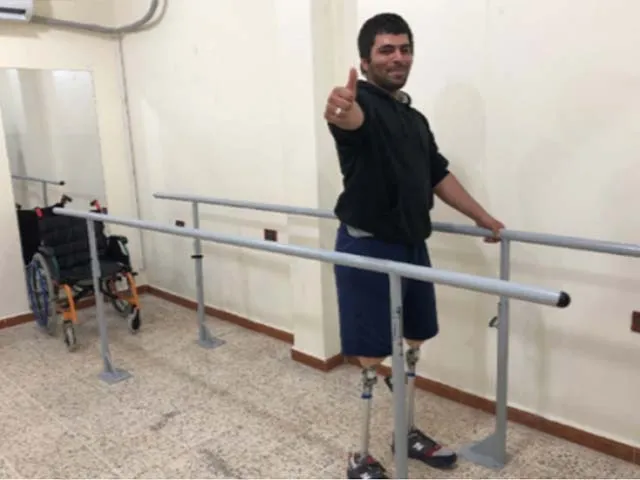

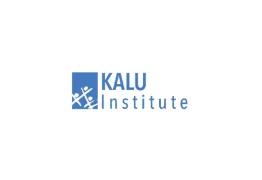
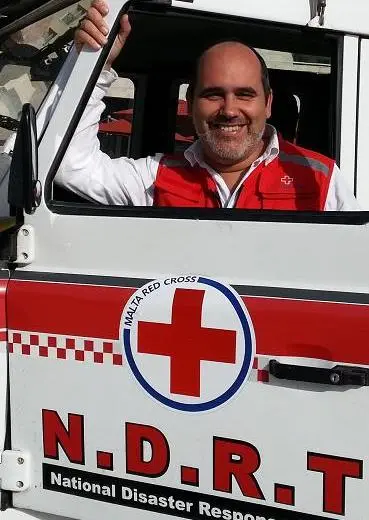
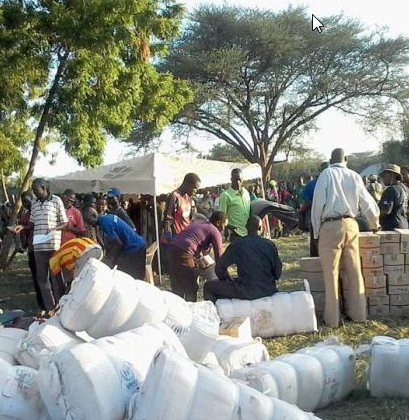
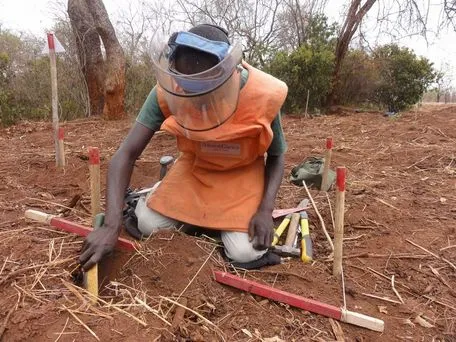
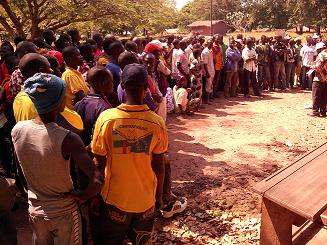
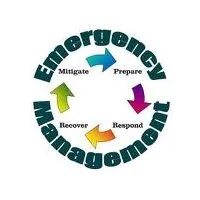
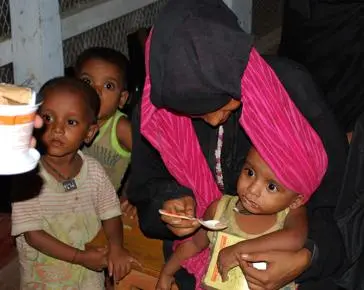


Leave a Reply